Welcome to WVSU
At WVSU we are committed to access and providing a quality student-centered education that fosters our students’ holistic development in the classroom and beyond.
Welcome from the Office of the President
At West Virginia State University, we believe in the transformative power of education to enrich individuals, strengthen families, and uplift communities. Our mission is grounded in challenging, supporting, and preparing students to become the problem-solvers, innovators, leaders, and social justice advocates our nation needs.
WVSU offers a dynamic academic experience, featuring nationally ranked programs taught by exceptional faculty who are experts in their fields. Situated on a beautiful 123-acre campus, the University provides a safe and inspiring environment where students can live, learn, and begin shaping their future.
We take pride in our diverse and inclusive student body representing from across West Virginia, 25 states including the District of Columbia, and 19 countries around the world, creating a vibrant and inclusive learning community.
With a proud legacy of academic excellence, athletic success, and community engagement, WVSU is strategically building on its historic foundation to drive economic growth and educational advancement throughout the Kanawha Valley, the state, and the region.
Whether you are a prospective student, dedicated and proud alumnus, valued community partner, or first-time visitor, thank you for your interest in West Virginia State University. I invite you to explore the many opportunities STATE has to offer. Your ideas and feedback are always welcome as we continue moving forward together. Thank you for visiting us online, and I hope to welcome you to campus soon.
Go STATE!
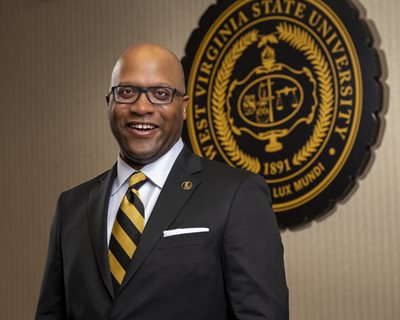
President
Office of the President
(304) 766-3111
A Conversation on the State of the University
Administration
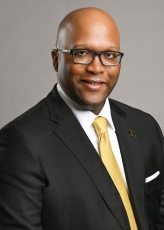
Ericke S. Cage
President
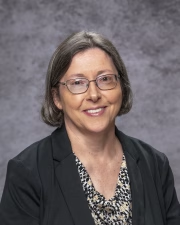
Deborah Williams
Provost & Vice President for
Academic Affairs
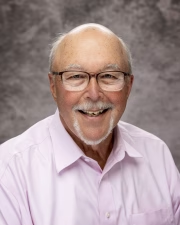
John Beckvold
Interim Vice President for
Business and Finance,
and Chief Financial Officer
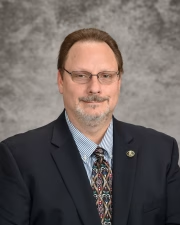
Roy W. Simmons
Interim Vice President for Enrollment
Management and Student Affairs
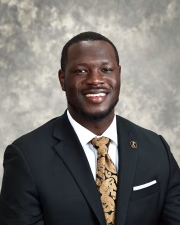
Trey Jones
Vice President for University Advancement
President’s Office Staff

Crystal Walker
Executive Assistant to the President & Campus Events Coordinator
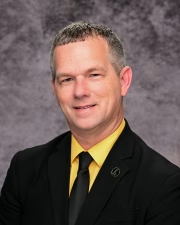
Curtis Johnson
Senior Advisor to the President for Government and Legislative Affairs
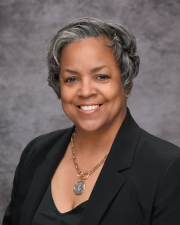
Natasha Tyson
Executive Administrative Assistant to the President’s Office
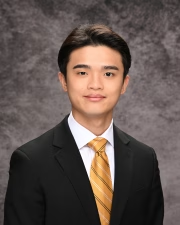
Kai Hao (Kevin) Cheng
Special Assistant to the President
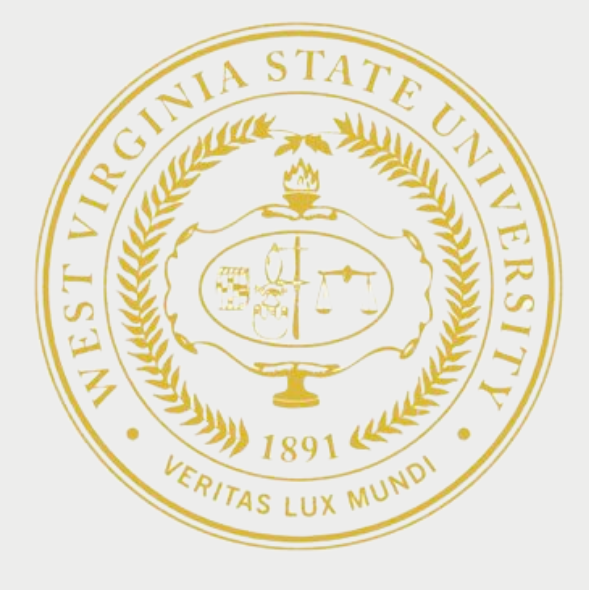
History & Past Presidents
West Virginia State University was founded under the provisions of the Second Morrill Act of 1890 as the West Virginia Colored Institute, one of 19 land-grant institutions authorized by Congress and designated by the states to provide for the education of black citizens in agriculture and the mechanical arts. West Virginia was one of the states that maintained segregated educational systems at that time.